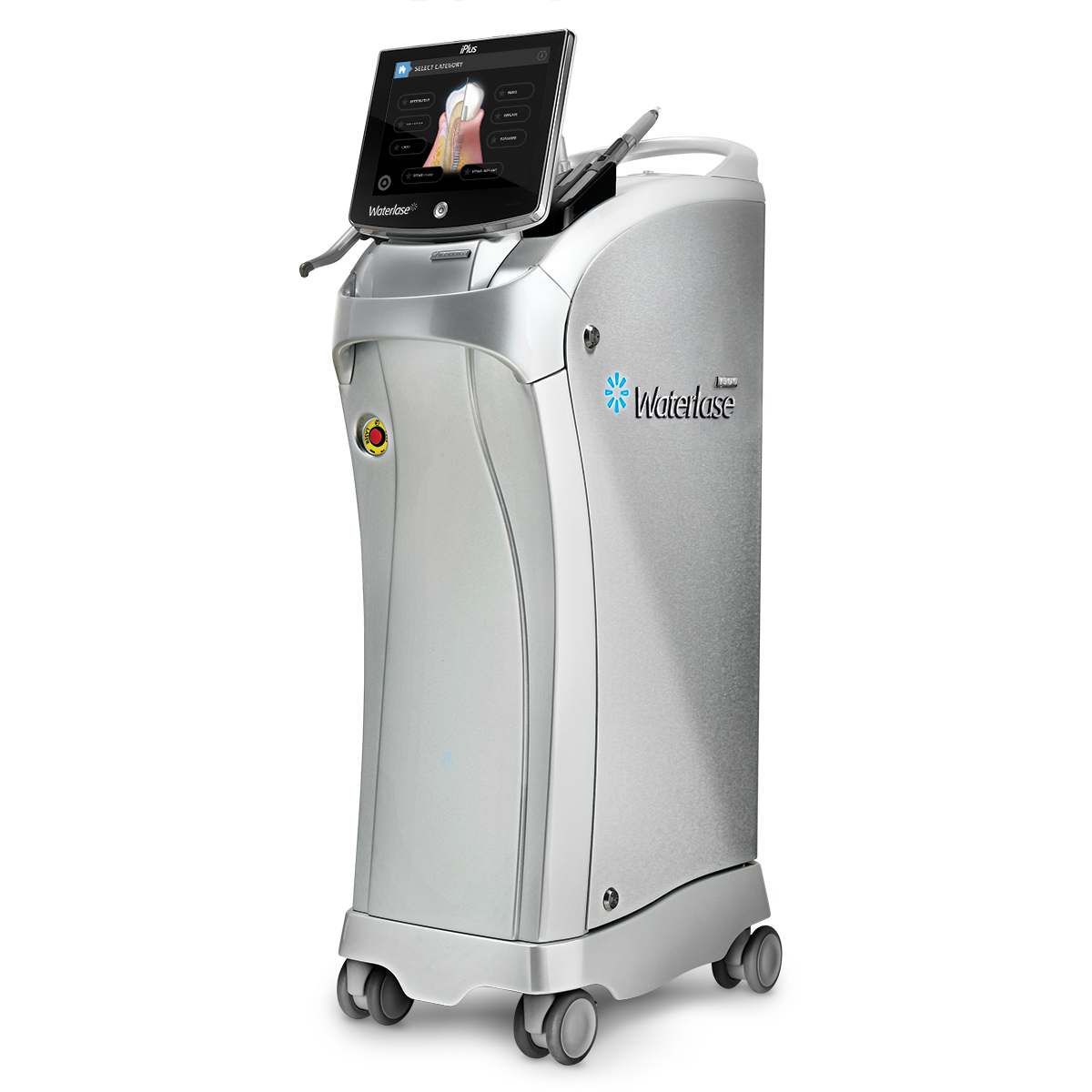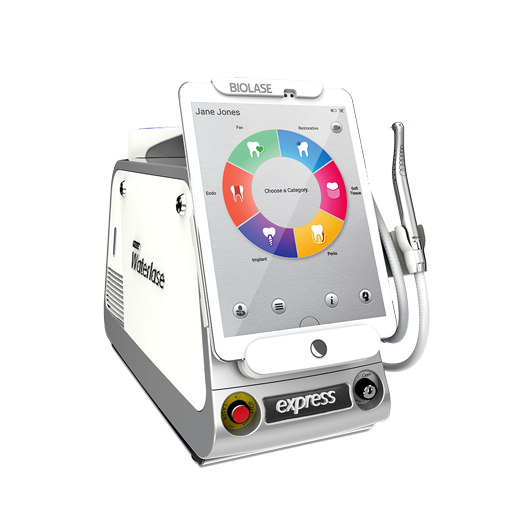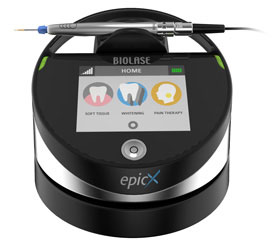A therapueutic pulpotomy is the removal of the nerve inside the tooth. Pulpotomy is indicated when tooth decay breaches the pulp of the primary tooth. Traditional pulpotomy gets the job done, but there’s a smarter way to work.
During old-timey treatment, caustic chemicals such as glutaraldehyde or formaldehyde are commonly used as a bactericidal and devitalizing solution. Formocresol (FC), the most popular such medicament, is a killer concoction of formaldehyde and cresol with just a splash of glycerine. It’s powerful stuff, but according to an article published in JCDA, Formocresol use may be unwarranted.
Concerns about the safety of Formocresol have been appearing in dental and medical literature for more than 20 years, mainly because of the formaldehyde component. Only 2% of American pediatric dentists use a predictable, accurate dilution of Formocresol, according to a study published in Pediatric Dentistry.
Although FC is still FDA approved, it’s probably time for the dental industry to stop putting embalming agents into the mouths of children—especially when the Center for Disease Control indicates that formaldehyde offers evidence of carcinogenicity and when a safe option is available.
Laser therapeutic pulpotomy offers a more biologically acceptable and effective alternative to chemicals like Formocresol. Not only does laser treatment offer a non-pharmacologic hemostatic technique, it has a higher success rate.
A study published in the Journal of Endodontics revealed that the success rate of laser pulpotomy was significantly higher than that of Formocresol pulpotomy, and the permanent successors of the laser-treated primary teeth erupted without any complications. Yay!
The ideal therapeutic pulpotomy procedure should provide a favorable outcome and be:
- Simple
- Single appointment
- Efficient
- Bactericidal
- Hemostatic
- Biological (promote healing)
- Non-toxic
- Laser analgesia
- Inexpensive
Formaldehyde has been demonstrated to cause immune sensitization, mutation, and cancer in animals, and has been classified as a human carcinogen. Laser technology uses no caustic chemicals and is a safe and proven treatment alternative for therapeutic pulpotomy. Formaldehyde belongs in big glass jars to preserve weird specimens and funky stuff, not in pediatric dentistry.



